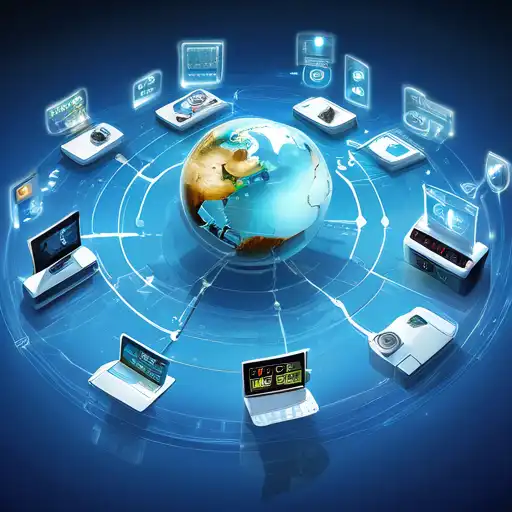Introduction to the Internet of Things (IoT)
The Internet of Things (IoT) represents a transformative phase in the digital era, where everyday objects are connected to the internet, allowing them to send and receive data. This innovation is not just about smart devices but about creating a seamlessly interconnected world that enhances efficiency, safety, and convenience.
How IoT is Changing the World
From smart homes that adjust temperature and lighting based on your preferences to wearable devices that monitor health metrics, IoT is making life more convenient and efficient. Industries are leveraging IoT for predictive maintenance, energy management, and to streamline operations, showcasing its vast potential beyond consumer applications.
The Benefits of IoT
IoT offers numerous benefits, including improved efficiency, reduced costs, and enhanced data collection. By automating routine tasks, IoT allows businesses and individuals to focus on more critical activities, thereby increasing productivity and innovation.
Challenges and Considerations
Despite its advantages, IoT faces challenges such as security vulnerabilities, privacy concerns, and the need for robust infrastructure. Addressing these issues is crucial for the sustainable growth of IoT technologies.
Future of IoT
The future of IoT is boundless, with advancements in AI and machine learning further enhancing its capabilities. As more devices become connected, the potential for innovative applications and services continues to expand, promising a smarter, more connected world.
Conclusion
The Internet of Things is revolutionizing how we interact with technology and each other. By embracing IoT, we can unlock unprecedented opportunities for innovation and efficiency, paving the way for a smarter, more connected future.
For more insights into how technology is shaping our world, explore our technology trends section.
